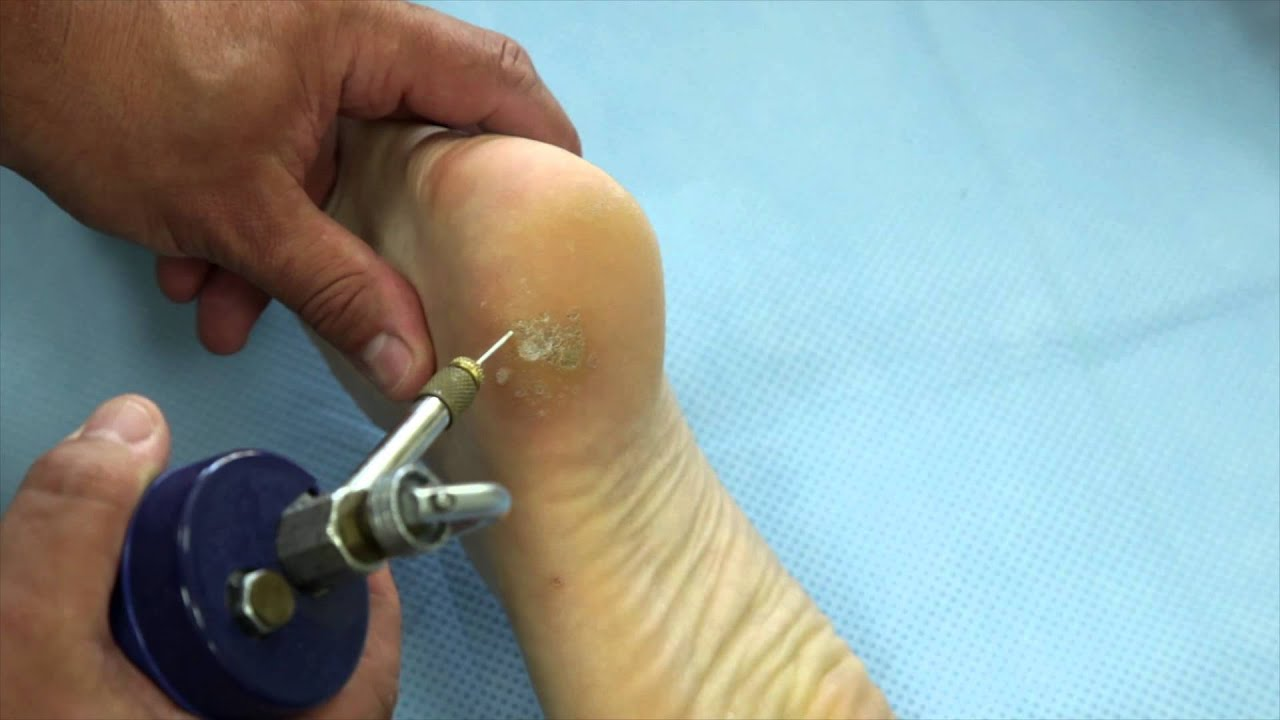Wart Removal with Cryotherapy: What Are the Benefits and Risks?
Warts are common skin growths caused by the human papillomavirus (HPV), and while they are generally harmless, many seek removal for cosmetic reasons or discomfort. Among various treatment options, cryotherapy stands out as a popular, quick, and relatively painless solution. But many wonder, how effective is cryotherapy for warts? This article dives deep into the process, benefits, risks, and aftercare of wart removal using cryotherapy, giving you a comprehensive understanding to make informed decisions.
What Is Cryotherapy for Wart Removal?
Cryotherapy is a medical procedure that involves freezing abnormal skin tissue with liquid nitrogen or other extremely cold substances. When used for wart removal, the extreme cold destroys the wart tissue by causing the water inside the cells to freeze and rupture, leading to cell death. This method targets the wart without damaging surrounding healthy skin significantly.
How Effective Is Cryotherapy for Warts?
The effectiveness of cryotherapy varies depending on several factors such as wart size, location, type, and individual immune response. Generally, cryotherapy shows high success rates — studies indicate that approximately 60% to 90% of warts can be completely removed after a few treatment sessions.
-
Common Warts: These often respond well to cryotherapy, with visible reduction after one or two treatments.
-
Plantar Warts: These can be more stubborn due to thick skin on the feet and may require multiple sessions.
-
Flat Warts: Usually respond moderately well but may need careful repeated treatments.
Patients often ask, "How effective is cryotherapy for warts?" The answer is that cryotherapy is considered one of the most effective wart removal methods available, especially when performed by a skilled healthcare provider. However, persistent or resistant warts might need alternative or adjunctive therapies.
The Cryotherapy Wart Removal Procedure
Understanding the procedure can help reduce anxiety and set realistic expectations.
-
Consultation: The doctor examines the wart to ensure it is suitable for cryotherapy.
-
Preparation: The area is cleaned, and protective measures may be applied to nearby skin.
-
Application: Liquid nitrogen is applied using a cotton swab, spray, or cryoprobe. The freezing lasts 10 to 30 seconds depending on wart size and location.
-
Freezing and Thawing: The skin freezes and then thaws naturally, which destroys the wart cells.
-
Multiple Sessions: Warts often require 2 to 4 sessions spaced 2 to 3 weeks apart for complete removal.
The entire process is quick, usually lasting less than 15 minutes, and is done on an outpatient basis.
Benefits of Cryotherapy for Wart Removal
Cryotherapy offers several advantages that make it a favored choice for many patients:
1. High Success Rate
As mentioned, cryotherapy can successfully remove the majority of warts, often within a few sessions.
2. Quick and Convenient
The treatment is fast, minimally invasive, and typically requires no anesthesia, making it convenient for patients.
3. Minimal Scarring
When performed correctly, cryotherapy usually results in minimal scarring compared to surgical removal.
4. Low Risk of Infection
Freezing the tissue also helps reduce the risk of secondary infection.
5. Effective for Various Wart Types
Cryotherapy can be used on common, plantar, and flat warts across different parts of the body.
Potential Risks and Side Effects
While cryotherapy is generally safe, it’s important to be aware of possible risks:
1. Pain and Discomfort
Some patients experience a stinging or burning sensation during and after treatment, which usually subsides within a few hours.
2. Blistering
Blisters often form around the treated area as the skin heals. These typically resolve within 1 to 2 weeks.
3. Skin Discoloration
Temporary changes in skin color such as whitening, redness, or darkening may occur, especially in individuals with darker skin tones.
4. Scarring
Though rare, scarring can occur, particularly if the treatment area is large or healing is complicated.
5. Recurrence
Warts can sometimes return if all infected tissue isn’t destroyed or if the immune system fails to clear the virus completely.
Aftercare Tips for Cryotherapy Wart Removal
Proper care after cryotherapy is vital to ensure effective healing and reduce complications:
-
Keep the Area Clean: Gently wash with mild soap and water daily.
-
Avoid Picking Blisters or Scabs: Let them fall off naturally to prevent infection and scarring.
-
Apply Antibiotic Ointment: Use as directed by your doctor to aid healing.
-
Protect from Sun Exposure: The treated skin may be more sensitive and prone to discoloration.
-
Wear Comfortable Footwear: For plantar wart treatments, avoid pressure or friction on the area.
Follow-up appointments are essential to assess healing and decide if additional sessions are necessary.
Common Questions About Cryotherapy and Warts
How Many Sessions Are Usually Needed?
Typically, 2 to 4 treatments spaced a few weeks apart yield the best results, though stubborn warts may require more.
Is Cryotherapy Painful?
There can be mild pain or discomfort during the freezing and shortly afterward, but it is generally well-tolerated.
Can Cryotherapy Be Done at Home?
Due to the risks and the need for precise application, cryotherapy for warts should only be performed by trained medical professionals.
What Are Alternatives if Cryotherapy Doesn’t Work?
Other options include topical treatments (like salicylic acid), laser therapy, immunotherapy, or surgical removal.
Final Thoughts: Is Cryotherapy Right for You?
So, how effective is cryotherapy for warts? For many, it is a highly effective, safe, and fast treatment that offers excellent outcomes with minimal side effects. However, individual cases vary, and persistent warts might require additional approaches.
If you’re considering cryotherapy for wart removal, consult a dermatologist or healthcare provider to discuss your specific case. They will tailor treatment to your needs, ensuring the best balance of effectiveness and safety.

.jpeg)
.jpeg)

Comments
Post a Comment